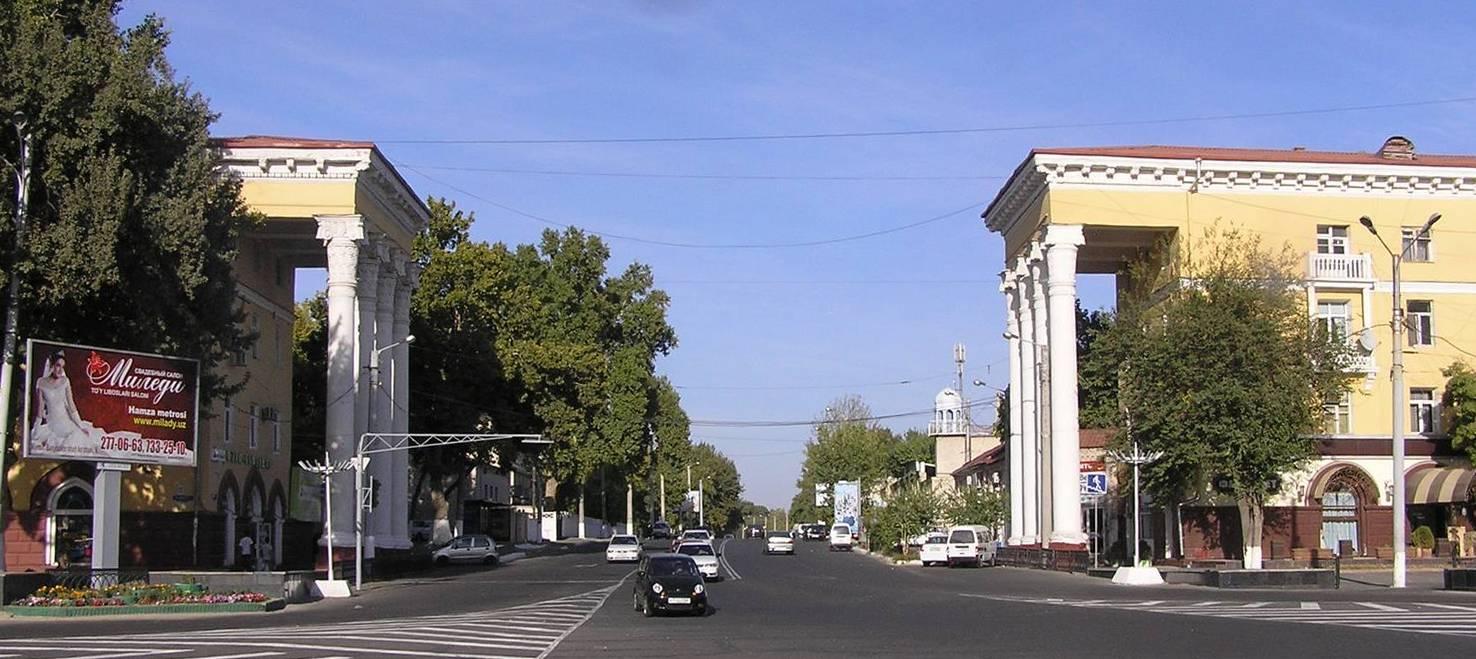The Tashkent Circus building is one of the most beautiful in the city. It seems to float above the ancient square, resembling a flying saucer. By many accounts, our circus is one of the most expressive in the world.
Circus art in Tashkent has ancient roots: maskaraboz
(jesters) and askiyachi (witty performers) have performed here since time
immemorial. From the 1880s, touring artists from Russia began arriving. In the
early 20th century, circus shows were held in the “Coliseum” built by
industrialist Tsintsadze. Later, the building became the Sverdlov Concert Hall,
then a stock exchange after independence; now it is assigned to the Uzbekistan
State Conservatory.
In 1914, Tashkent’s first dedicated circus building
opened — on the site where the State Museum of Uzbekistan’s History now stands.
In 1920, the Tashkent State Circus (Tashgostsirk) was established under
“Soyuzgostsirk,” initially serving as a rental venue for tours. The first
Tashkent troupe appeared in 1928 under Karim Zaripov’s leadership. It was then
that Uzbek circus dynasties — the Zaripovs, Tashkenbayevs, and others — began
to form, later gaining fame far beyond the country.
In 1942, the Uzbek Circus Collective was created in
Tashkent — the first national ensemble in the former USSR.
The circus building was destroyed in the 1966
earthquake. Until the new building opened in 1976, artists performed in a
mobile tent circus on the site of today’s Broadway.
The new circus was built in the Khadra district,
near the Gafur Gulam metro station and Abdulla Qodiriy Park. Its huge blue dome
is visible from afar. The round building is executed in Eastern style: the
facade is adorned with a decorative lattice — panjaroy, the interior with
stained glass, ceramic mosaics, wood carvings, and ganch. The auditorium doors
are made of walnut wood and inlaid with multi-level patterns.
The uniqueness of the design lies in the fact that
the load-bearing pylons supporting the dome are placed outside. This original
engineering solution emphasizes the building’s monumentality while giving it
lightness and a fairytale quality. Thanks to this technique, additional space
was freed up inside the auditorium and circular foyer. Another feature is the
absence of a clearly defined main entrance.
A walking area with two fountains has been arranged
next to the circus, breathing new life into the ancient Khadra Square.
Interestingly, the squares in front of the Circus and the Palace of Friendship
of Peoples are aligned on the same axis, forming a unified ensemble of the
capital’s cultural spaces.
After independence, the Republican Association
“Uzbekkostsirk” was established. All these years, the circus has delighted
adults and children with vibrant performances featuring riders and predators,
jugglers, aerial gymnasts, and, of course, clowns.
Talks of an upcoming reconstruction have been
ongoing for several years — the building needs new seats, ventilation, and
engineering systems. Tashkent residents await the renewed circus — with the
same festive spirit, but in a new guise.
The three turquoise domes next to the Kukeldash Madrasah are visible from afar and define the lands...

The 17-story “Uzbekistan” Hotel is one of the capital’s most recognizable symbols. Located in the v...

The beautiful four-story houses on Beshagach Square were built in the early 1950s according to the ...
The Seamstresses’ Palace of Culture from the “Red Dawn” sewing factory was built in 1936 according ...